Useful tips on tipping, eating, money, taxis and other things when travelling in Argentina in South America.
Take the advice here as an indication. Things change over time, they will be different in different places, and they don’t always follow the rules – which are not so much rules as customs which can vary. With this word of caution, here are some pointers on practical points that can be challenging for visitors.
UPDATE: The Argentine currency has in recent times been quite volatile, so the exchange rates mentioned here, and the approximate sums in local currency given, are no longer correct. For guidance, use the euro or dollar figures.
Join us on one of our fabulous and famous wine tours in Argentina and Chile. An experience of a life time. Book now!
Tipping in Argentina
Tipping is not mandatory in Argentina, but it is often done. Service staff are often poorly paid and tips are an important additional source of income.
Tipping is best done in the local currency of Argentinian pesos. 1 euro (EUR) is ~67 peso (ARS). 1 US dollar (USD) is ~60 peso (ARS). Or to put it another way: 1 peso is worth a bit less than 1.5 euro cents and a bit more than 1.7 USD cents. (As per early 2020.) IMPORTANT: The Argentine peso is very unstable so this exchange rate will not last long. In the following, we’ll use USD or euro. Sometimes we indicate the ARS amount with [XX].
You can also tip in major foreign currencies (USD, EUR) provided it is bills (bank notes). Never tip with foreign coins, as they cannot be exchanged and are thus worthless. Tipping small amounts in euros/USD is problematic since euro/USD-coins are worthless here. It is better to tip with local currency.
Note: tipping in Argentina is fairly similar to tipping in Chile.
Tipping in restaurants
Although it is not compulsory, one would normally tip in a restaurant. If the service and food have been awful then you can of course leave without tipping; in other circumstances, a tip of around 10% is normal, and if service and food have been very good, a more generous tip will be appreciated.
Usually, the tip (propinas) is not included on the bill (and not charged to your card) so remember to have cash in your pocket for tips. If you try and pay a tip with your credit card it most likely will not go to the waiter.
Some restaurants also have a cover charge (servicio de mesa, cubierto). This is a tip but a fee for the table, similar to the bread charge sometimes encountered in Italy.
The rule for cafés with table service by a waiter are the same thing: it is better to give the money directly to the person you’re tipping rather than leaving it on the table, to avoid the risk of it “disappearing”.
Tipping in hotels
Porter: it is good to tip the porter at a hotel. Tip a reasonable amount per bag if he carries it for you, both on arrival and departure.
Room cleaning staff: can be tipped. A reasonable amount per day, especially if you have required something extra.
Concierge: not always tipped.
Tipping in taxis (and transfers)
It is not necessary to tip a taxi driver but it is normal (and expected) to round up to a convenient amount, i.e. at least to leave the change. If some extra service has been given (carrying bags,…) an additional tip might be in order. (However, some people say that you should never tip a taxi so practice varies…) If service has been poor you can try and insist on getting your change.
Tipping for a private transfer for a long ride (eg Buenos Aires international airport) could be [XX] pesos / $5 USD, or US$2 per person or similar.
Don’t expect to pay with a credit/debit card in a taxi, as yypically they only take cash.
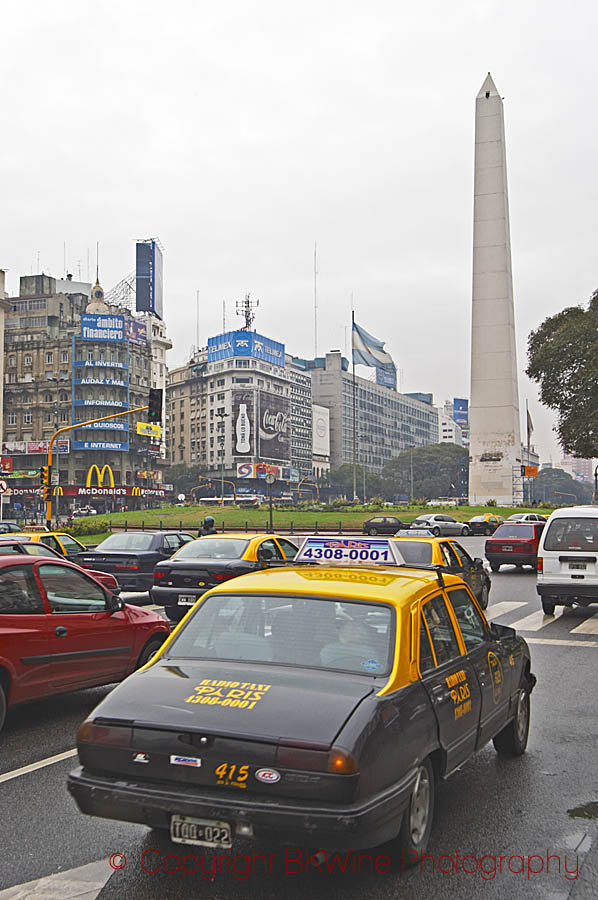
Tipping tour guides
If you go on a one-day tourist excursion or something similar, it is normal to tip the guide, especially if he/she has been good and/or extra helpful.
A tip of (5-)10-20% of the tour price or something like [XX] peso is fine.
Shopping hours in Argentina
Typically, shops open at 9 or 10 am and close around 8pm. On Saturdays they are often closed in the afternoon (closing at around 1 or 2pm), and on Sundays they are closed all day. Larger shopping centres may have longer hours and may even be open on Sundays.
Banks, telecom shops and similar “non-commercial” entities may have much shorter opening hours. Make sure you check the opening hours if you need to visit this kind of business.
Currency and money in Argentina
In previous times, the Argentine peso was not convertible. There was an officially controlled exchange rate that did not reflect the real value of the peso. If you wanted to get a better deal for your dollars/euros you could go to a black market currency exchange (known as the blue currency market).
The Macri government changed all this and today, you can even order paper money from a currency exchange office before you go to Argentina (something that was previously very difficult or even impossible). What will happen now with the new (Kirchner) government remains to be seen.
The currency in Argentina is pesos (the same name as in Chile but with a different value) and the symbol used is $, so be careful how you interpret some sums. The international currency code is ARS. A peso is divided into 100 centavos.
Bills /bank notes exist in the following denominations: 2, 5, 10, 20, 50, 100 pesos, and more recently some higher denominations.
Centavos and smaller denominations of pesos are in coin form.
At the time of writing (early 2018):
- EUR 1 is about [XX] ARS – 100 peso is around [XX] euro
- USD 1 is around [XX] peso – 100 peso is around US$ [XX]
As mentioned, the ARS is so unstable that it does not make sense to put an exchange rate here; we suggest that you look it up on the internet instead.
Here is a good currency converter from Oanda and you can also create your own pocket-sized cheat-sheet (print one and cut it out, in both directions).
The Argentine peso is now convertible. The ARS has lost a lot of value in recent times. (Early 2016, 1 euro was 14.5 peso and early 2018 it is around 23 peso. This is probably to a large extent due to the opening up of the economy and the exchange rate is moving to a truer value than the previously inflated illusory official rate. Argentina was previously a very closed economy with strict currency controls. This is changing, which in the long run will be very good for the country although a weakening currency can be hard on the people in the short term.) This is now history. We will have to wait and see what happens with the new government. (as of early 2020)
Credit cards and cash machines (ATM)
Credit cards are widely accepted in Argentina, Visa, Master Card, and American Express.
ATMs (cash machines) to withdraw Argentinean Pesos can be found in many places and accept foreign cards.
A word of warning: There has been (and still is, I believe) an upper limit on how much you can withdraw from an ATM at each transaction. This is for security and fraud reasons. This limit is relatively low. If you need more you will have to make multiple withdrawals, with the risk of running up more bank charges. Update: In 2019 this upper limit seems to have been removed. In some cases, cash machines also run out of money (or for some reason don’t accept a foreign card) so you might need to go ATM hunting. In Buenos Aires, there are plenty of ATMs, in other cities much fewer.
It is a good idea to make sure you always have some small(ish) denomination ARS bills which will make it easier to tip.
Restaurants, meal times
Meal times vary, but lunch in Argentina is generally between midday and 3pm. Peak time is after 1pm. Restaurants open for dinner around 8pm but can sometimes open earlier and sometimes later, and usually don’t start filling up until around 9pm.
The bill (check) will not be brought to your table when you have finished, as that would be considered rude, so you have to ask for it. For tipping, see above.
Tap water
It is safe to drink tap water in Argentina’s big cities (e.g. Buenos Aires) and in most of the rest of the country (Mendoza etc). In smaller, isolated towns it is most likely safe too, but the smaller the place, the less certain you can be.
The bigger issue is more likely to be taste: the tap water may have a taste is unfamiliar/unpleasant, in which case we suggest you switch to bottled water instead.
Restaurants rarely serve tap water. Bottled water is available as either agua sin gas (still mineral water) or agua con gas (sparkling mineral water).
Electricity
Argentina uses the same electricity standard as in most of Europe ie. 220 volts and 50 Hz (which is different to the US), but keep in mind that today, many electronic devices adapt automatically to different voltages and frequencies.
The plug is a “Type I” with two diagonal prongs. If it is with earth (ground) there is a third straight prong. Sometimes you also find the “European” plug called “Type C”.
More on electricity plugs on www.iec.ch/worldplugs/.
Telecommunications
You can get a local SIM card for calling or for data at different telecoms companies, e.g.:
- Claro (by América Móvil)
- Movistar (by Telefónica Spain)
- Personal (by Telecom Argentina)
- (Nextel – 4G/LTE only, not yet available)
You need to buy a SIM card, called chip, and then separately buy a “cargo” for the subscription or the pre-paid amount you want to put on the SIM. There are no particular requirements for registration, but it is advisable to have your passport with you all the same, just in case.
When you have the SIM card and the cargo you need to send a specific SMS to the operator to launch the service.
We have a detailed explanation here:
https://www.bkwinetours.com/travelog/internet-argentina-sim/
Dress code when visiting wineries and restaurants
There is no particular dress code when visiting wineries, and there is certainly no pressure to dress formally, so we encourage you to simply wear comfortable clothes. It is likely that there will be quite a lot of walking and standing in the vineyard and winery, so choose comfortable footwear. It is fine to wear shorts on warm days, but we’d suggest keeping your shoulders and upper arms covered as the sun can be fierce. For this reason, always bring some kind of sun hat, and sun lotion, and perhaps a long-sleeved shirt if you want to be sure of avoiding sun burn as we will certainly be spending time outside in the vineyards.
A light sweater could be useful if you’re apprehensive about the slightly cooler temperatures of the wine cellars, but you’re unlikely to feel chilly.
There is no particular dress code in restaurants either: we suggest a smart/casual approach.
On border control
At the time of writing, foreign visitors must fill in an entry form that is then stamped by the customs officer on entry. You should keep the part that is given back to you in your passport as it will be requested when you leave the country.
Update: As of 2020, this seems to have been discontinued.
A note on safety
Argentina is not a particularly dangerous country, but there is a lot of poverty. In Buenos Aires in particular you should be mindful of your safety and take extra care:
- The biggest concern is pickpockets. Handbags, cameras, loose jewellery can also be snatched. Keep a close eye on your (hand)bag when in a restaurant, and avoid loosely hanging cameras, showy jewellery, open bags, phone/wallet left lying on the table etc.
- In Buenos Aires in particular there is a tradition of demonstrations (particularly in front of the president’s Casa Rosada). Keep clear.
- Be aware of your environment and take care when going into poorer or rougher areas (e.g. around La Boca in Buenos Aires).
- Prefer “radio taxi” when hailing a taxi, with a company logo on the passenger door.
- Be careful when crossing the street, even at traffic lights, and even if the light is green for you.
So now you have a solid grounding in the practical details relating to travel in Argentina.
Travel to the world’s wine countries with the people who really know wine and the local culture, who can ensure you get the best possible experience. We can take you to the most interesting producers and the most memorable spots, where you’ll get to taste the most exciting wines, meet the winemakers in person and enjoy authentic local cuisine.
Travel with BKWine Tours.
What are you waiting for? Book a wine tour and gastronomic adventure to Argentina and Chile with us.
More country FAQs on France, Italy, Chile, Argentina…. here.

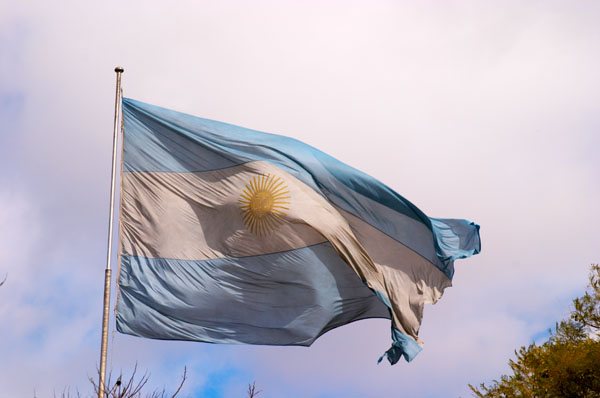
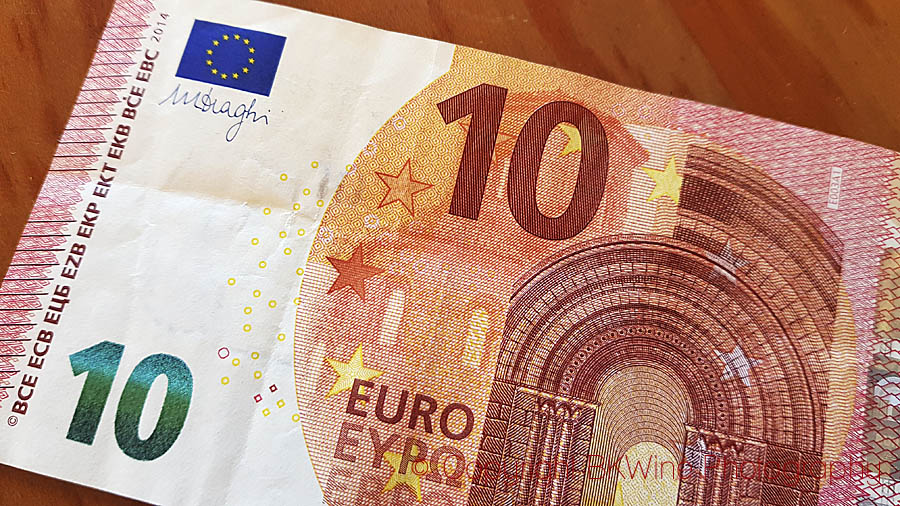
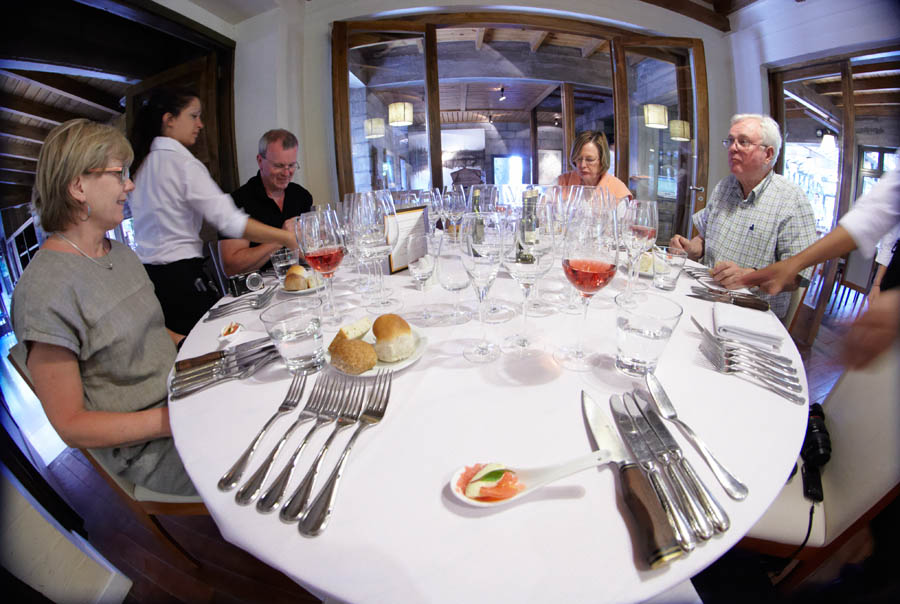
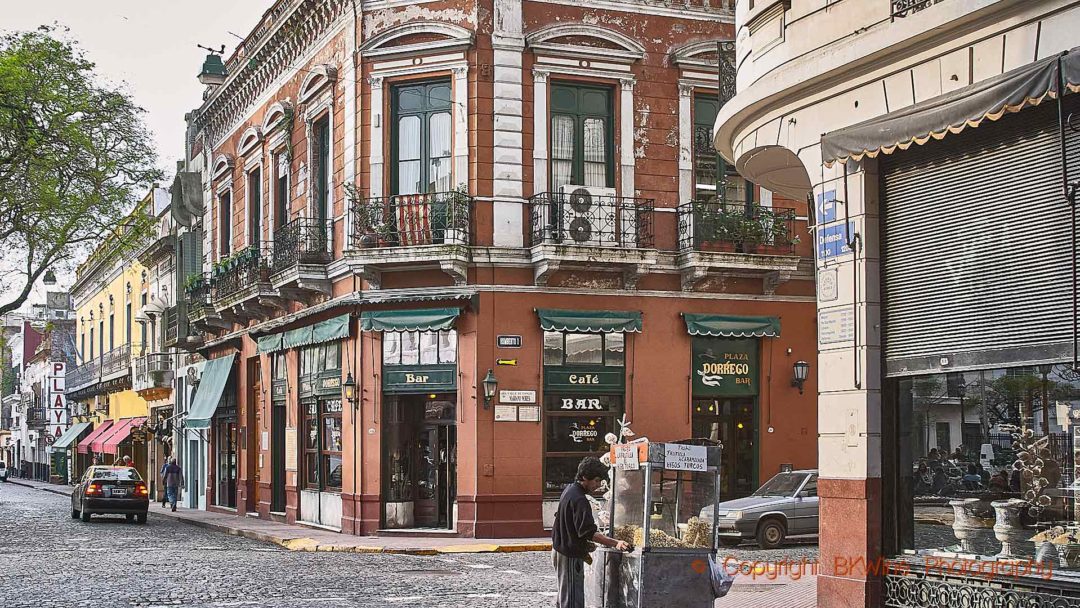
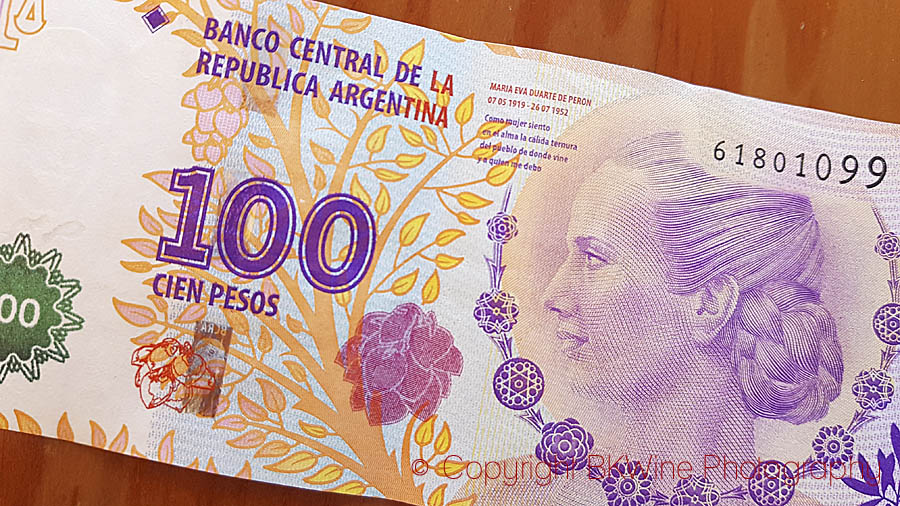
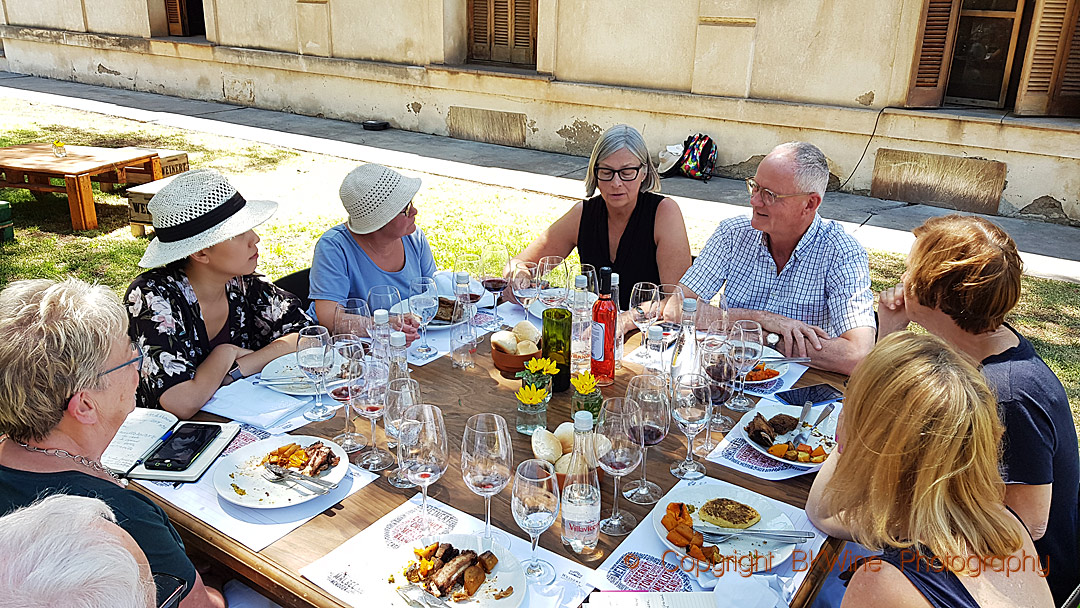
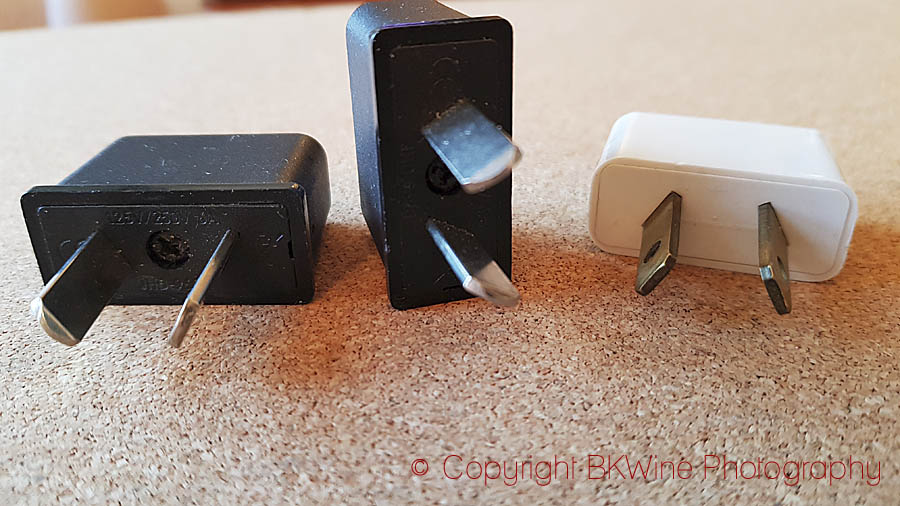
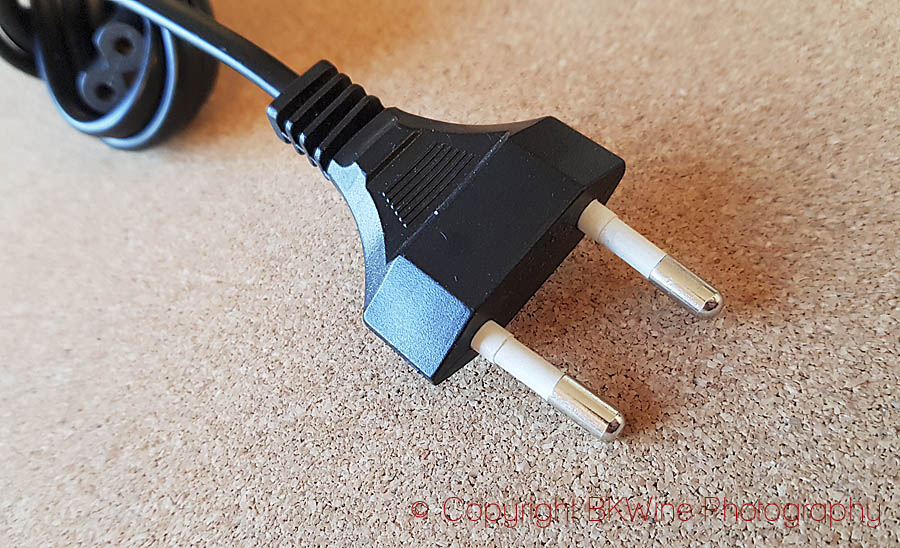
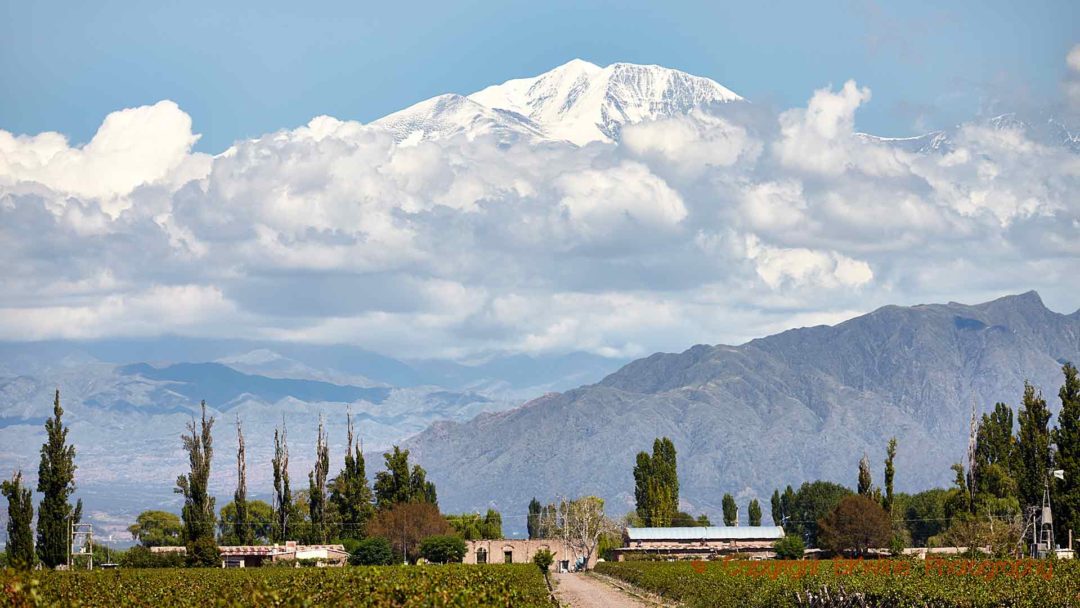
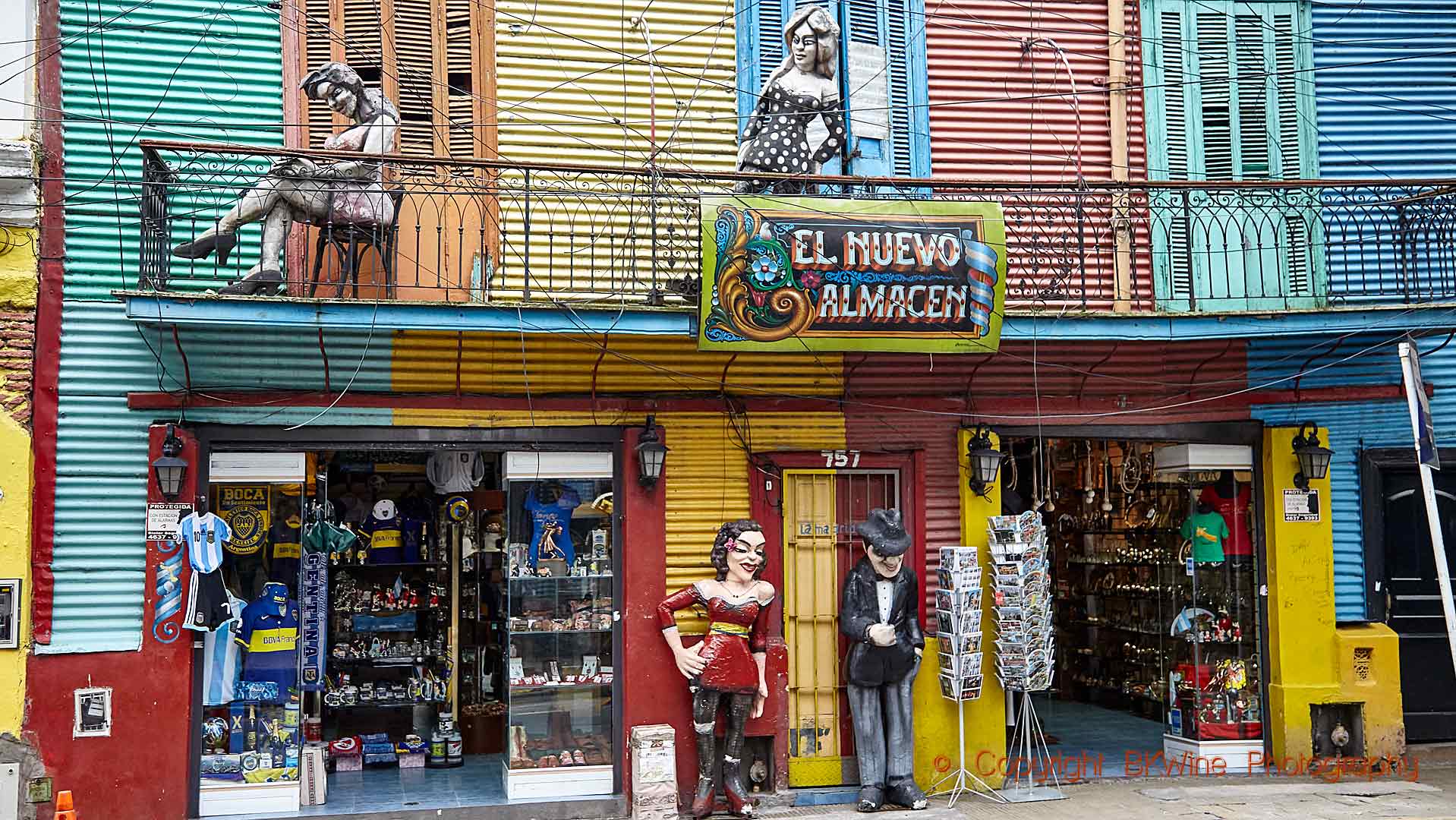

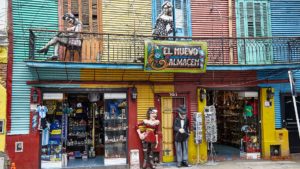
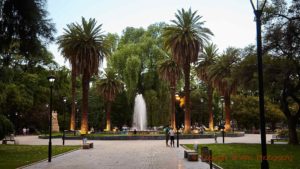
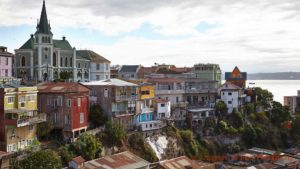

One Response